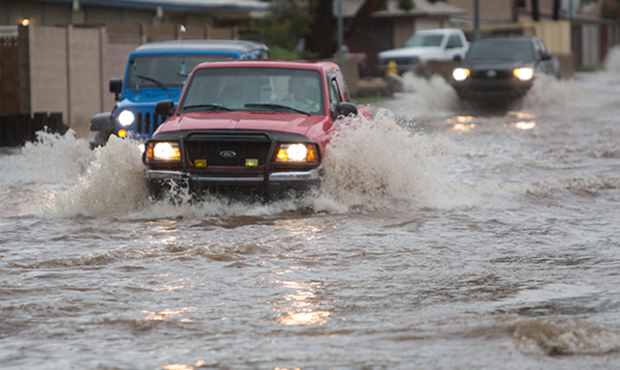Part 2: Containment
Continuing our Blog on Required Restoration Equipment, in this post we’ll focus on the containment. Prior to any project beginning, a remediation contractor must construct a containment barrier between the infected area and the other areas which aren’t infected. Failure to do so will result in the possibility of cross contamination and spore exposure. Containment of the work area is not as simple as just installing plastic barriers, but also the air machines needed to control airborne spores. An Air Scrubber is a machine designed to remove particles, gases, or chemicals from the air within a given area. Negative Air machines are basically the same but use a duct to filter the collected air to the exterior of the property. Intense continuous sources of contamination require air volume to be cleaned 5 to 6 times per hour. Thus, the use of a commercial grade air machine is needed since home models will never exchange the air at such a rate. Air Machines are also equipped with HEPA filters and Carbon filters, which will remove airborne particles and chemicals. It is vital for a remediation contractor to have the proper amount of air machines needed to insure all airborne particles and chemicals are removed during the project. These machines work on square feet, so each unit is different depending on size and on most projects, multiple units are needed. Plastic barriers are then next. Sealing off the contaminated section of the property from the “Clean” portion, is one of the most important steps in the remediation process. This will insure not only that the “Clean” portion will be free from contamination, but also will assist in odors from mold cleaning chemicals from being spread throughout the home. Each job we take on usually takes a couple to several hours just to construct the proper containment area, even before any work is begun. Insuring that our containment area is properly constructed while also being free from any leaks, is absolutely vital. The use of 6 mil polyethylene is also important, because 4 mil poly is too thin and easily punctured. If your contractor does not build a proper containment, or doesn’t know anything about it, then you know that their remediation work is most likely not any better. Their are also many other things needed to be done, such as covering all vents, as not to allow any spores into the ventilation system. Not hiring the right remediation contractor could cost you thousands of dollars in the long run, by having to do the project again, because improper containment will result in cross contamination and exposure on the other areas of the property. To schedule an appointment, feel free to call our office at anytime, or visit our website at biowashing.com.








